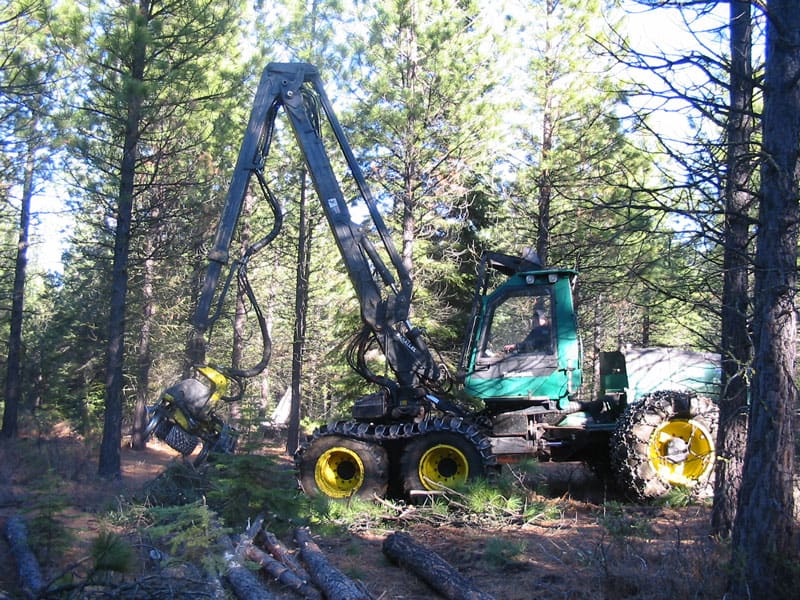This post is the beginning of a series on the possibility of turning our public land conflict “swords” into “plowshares.” Outside our natural resource and public lands world, this is generally considered to be a good thing to do. Even though we shed only dollars, piles of documents and snarky words, not blood; we must consider whether our conflict resolution methodologies are optimal- and whether the time and funding we spend fighting could be better spent on the pursuit of “good things” that we can all agree on.
So I would argue that at some spatial scale, we need to establish zones of agreement and a shared vision for our public lands. Right now it is a hodgepodge of seemingly random statutes, regulations and case law done over the past 50 years. It’s easy to blame the Forest Service for this jungle, but we simply make our living looking evading pits and predators and are not responsible for its creation. Getting together with a shared vision seems to happen at the local scale, but at larger scales, not so much. I would be interested in examples that you can share, particularly in larger scale examples.
On the other hand, many people think that appeals and litigation is not the best way of resolving disputes. I think we need to take a clear-eyed look at taking our disputes to court and consider the advantages and disadvantages, as well as creatively look at options for how both conflict resolution, and the use of courts, could be improved.
So let me start with some fundamentals with regard to my opinions on this subject.
First, I like many lawyers, including environmental lawyers, and even personally contribute regularly to an environmental law organization (CIEL). And I think some litigation is necessary, but it is not always the best, nor the most cost-effective, tool for a specific policy making, and/or conflict resolution task. In later posts, I will describe some real-world examples.
Second, nothing humans do is perfect, and Forest Service projects are no exception to that rule. The reasons for this are not always clear; some combination of line officer “discretion” and inertia seem to be factors. Far more common is the project that some like and some don’t like. And what can happen is that it isn’t judged on what it does, but on how it has been documented. Which can, if we are not careful, slowly move our mutual focus from project design to documentation.
Third, as Fred Norbury used to say “appeals and litigation are the Forest Service approach to quality control.” He didn’t mean that that was a desirable approach, just one that had developed and would be difficult to de-entrench. We have jointly built an interdependent, coevolved system with the litigation community (or “frequent filers”, as they are known colloquially). It would require internal as well as external change to reduce the joint burden and expense of this legal-industrial complex.
Fourth, I think that respectfully questioning others can contribute to both sides honing our ideas and thinking, and to being both clearer about, and better at, what we do. For example, although I sometimes disagree with Andy Stahl, I still listen to what he says because he brings a valuable perspective, in my opinion.
We face a great many challenges to public lands in the 21st century and in my opinion, if we improve the way people with different worldviews work together and resolve conflicts in facing those challenges, we will have resilient public lands and be a resilient community in jointly facing a variety of future environmental and economic challenges.


